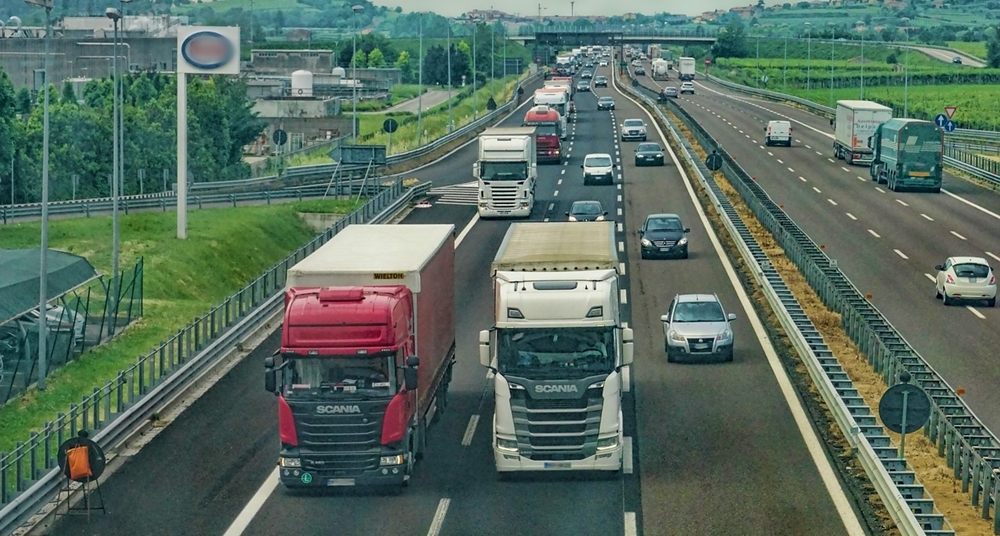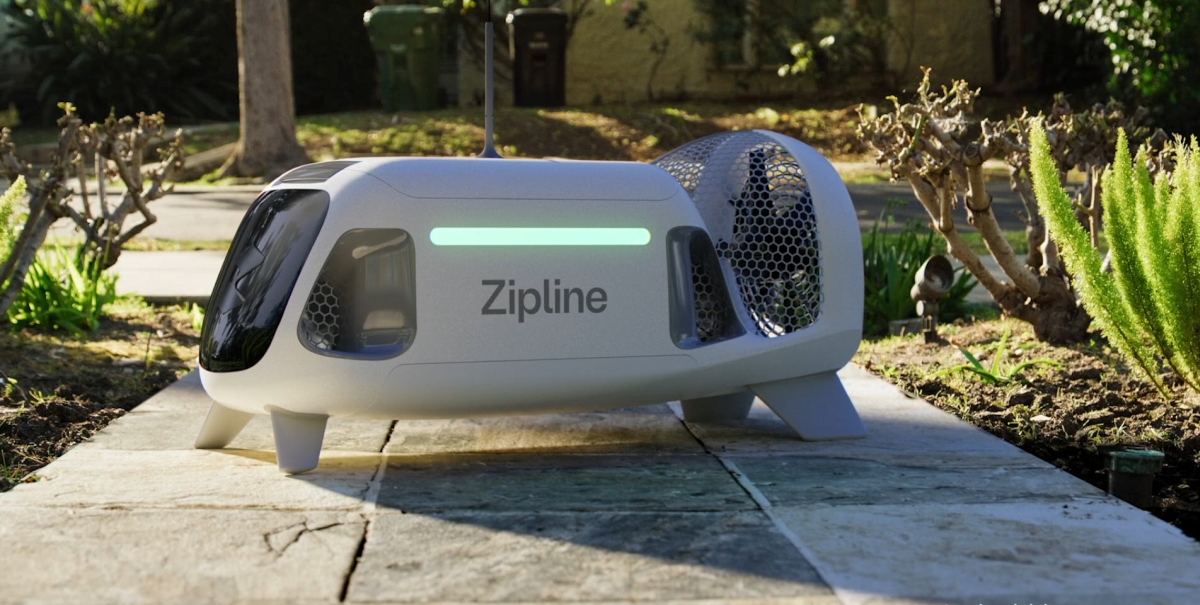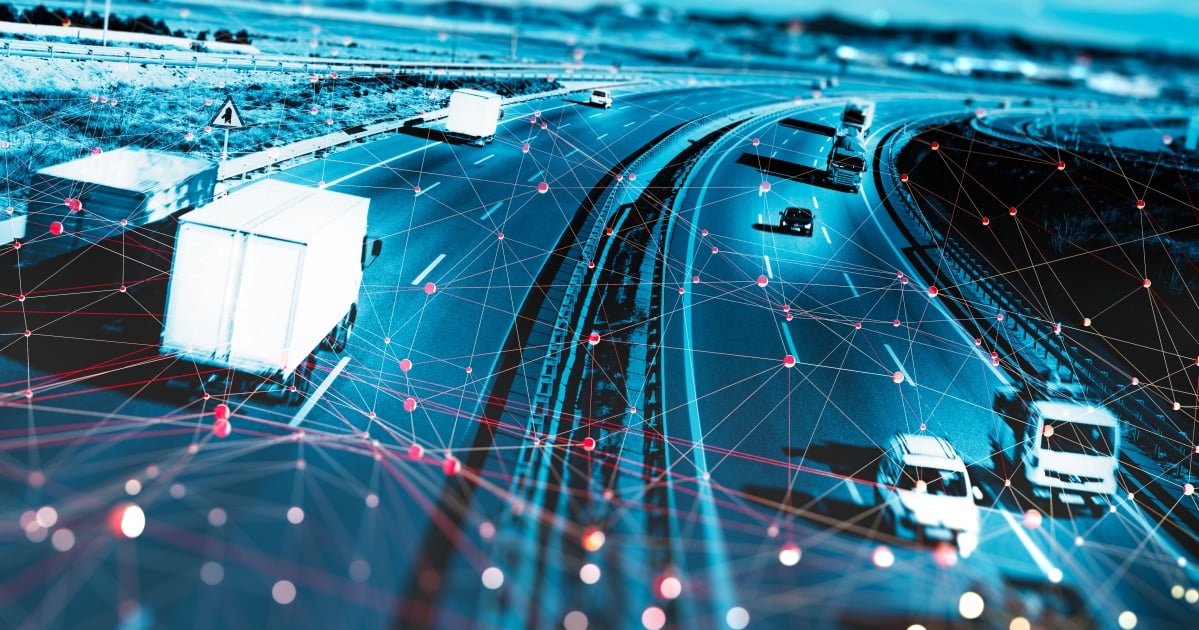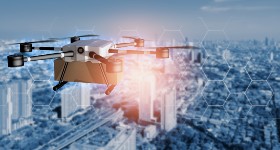
Smart Mobility, whether it be moving people, goods, or services is the lifeblood of our future city, and one that we must get right before a city can truly become a well-oiled machine. Without it, it is impossible to move commerce efficiently through time or space.
In a perfect world, a transportation system should move the necessities required for complex urban life the same way the blood system moves nutrients throughout a body. If a body’s bloodstream is clogged, pressured, and inefficient, the body will breakdown – the same holds true for a smart city. For example, a hospital can identify that a required medical device is in a hospital across town, but if moving the patient or the equipment remains inefficient then the benefits are non-existent. On the other hand, a system that allows for faster and prioritized routing, and seamlessly integrates with all modes of transportation to find the most efficient route increases the usefulness of detecting, identifying, and servicing the need.
As a subset of the IoT, the transportation industry is facing many of the same pressures that all technologies are facing. Industry awareness and media attention centers around what we can do as opposed to what we should do. The question we keep trying to answer is “When?” When will autonomous vehicles hit the road? When will we live like The Jetsons? When can I use my car as an office? This is a poor way to look at things and something which leads us to dangerous outcomes that ultimately hurt technology adoption. This happens because there becomes a focus on giving the consumer what they know; not really what they want or need. Henry Ford once said, “If I asked people what they wanted, they would have told me a better horse.” In this vein, the question we should be asking instead of the ‘when’ is, “how do we service people better?” Or more specifically, “how do we move people, goods, and services safer, faster, and with less energy?” It is not about how much or how quickly we drive new technology to the road, it is about the problems we want to solve in our day-to-day personal and professional lives.
Some of people’s core needs are safety and security. These are the same core needs of a functioning society, therefore if the IoT is the brain and transportation is the bloodstream of that society, every new technological advance should be designed at the outset to be both safe and secure. This is why every cyber breach and every autonomous vehicle accident becomes a front page event. It is our collective psyche telling us that there is danger. These events cripple the entire industry and sap the confidence of would-be consumers. More importantly, when it happens at the nascent stages of a technology it prevents discussion around the advantages of the technology itself.
The recent Boeing tragedies are a perfect example of the resiliency of a properly introduced technology, and the myopic focus on the individual problem. In this case it is the Boeing system on trial, not automated aviation. Few would argue that autopilot is one of the fundamental technologies that makes air travel safe and reliable for the vast majority that use it. It has been in place for decades and continues to be tested, reviewed, and improved over time. Mass technological adoption is an incremental process, and nothing will derail that process faster than fear. As we introduce these new technologies across the IoT – especially in the mobility and transportation sectors – safety and security must be a primary part of the design process. Each new sensor, chip, system and procedure in the IoT is a building block for the smart city. Each is like a puzzle piece that comes together to create a picture, with each piece sharing a connection with the next. As the picture grows it creates an ever-larger attack surface where every vulnerability within those connections weakens the system. Security – like safety – is a moral imperative for smart transportation and should be a mandated and standardized part of development.
The promise of a smart city utopia may never be reached, but if it is even to be attempted then the entire industry must come together to set high standards that address the vital elements of both safety and security and hold itself accountable to them. This is why BlackBerry has joined a number of automotive and transportation industry associations with similar beliefs, to guide lawmakers and regulators in sound standards development.
BlackBerry has also placed a great deal of internal effort on the challenges of safety and security, and all those interested in connected and autonomous transportation ought to take a keen look at BlackBerry's 7-Pillar Recommendations to harden connected and autonomous vehicles against cyberattacks. With a modern vehicle now containing over 100 million lines of code and some of the most complex software ever developed, BlackBerry’s framework provides a list of proven best practices to protect cars from cybersecurity threats.
If self-driving vehicles continue to be developed and allowed on the road without safety standards being put in place and automakers following best-practice approaches, then there will continue to be real risks. Safety must be the number one priority for the auto industry if we want to set ourselves up to achieve the incredible potential that autonomous vehicles hold. The time to act is now.
About the author: Jeff Davis joined BlackBerry in February of 2019 and is responsible for the strategic innovation and development of smart transportation markets. With over 15 years of experience in technology and program development across defense and transportation. Davis had developed programs around cybersecurity, mobility, and connectivity specifically focusing on human interaction with advanced technologies and new concepts.
Edited by
Ken Briodagh





